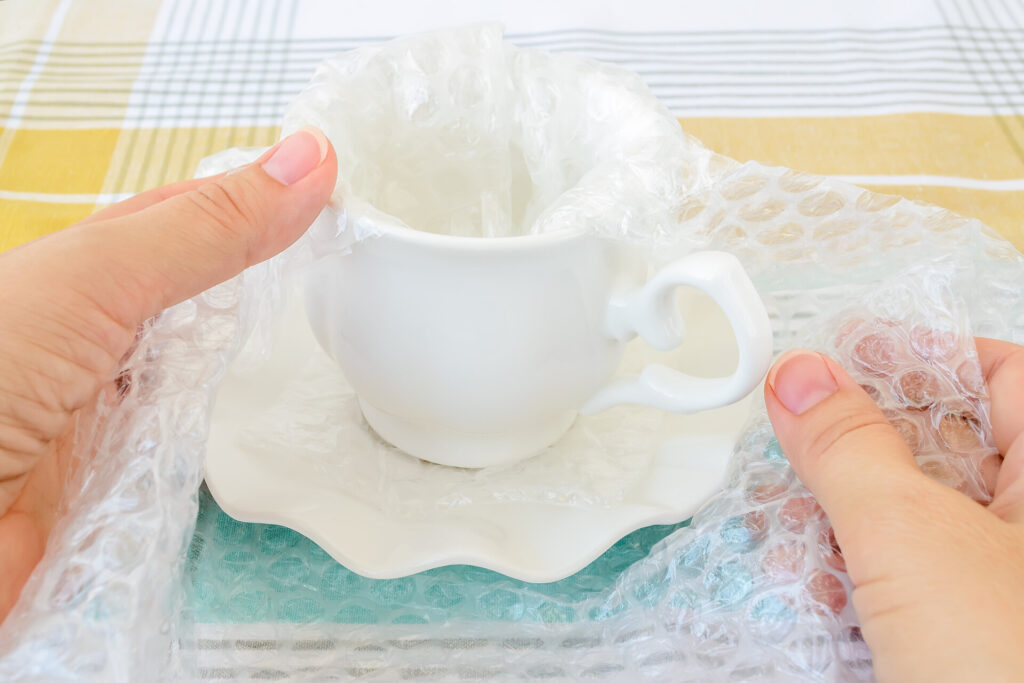If you’re ready to trade in your flip-flops for a cozy pair of wool socks, fear not! We have the ultimate guide for moving to a cold climate that will help you embrace the snow, the ice, and the sub-zero temperatures. With a little preparation and a lot of layers, you’ll be ready to tackle all the challenges like a pro!


Moving to a Cold Climate Can Be Exciting and Challenging
When relocating to another country, one with colder weather, you’ll get to experience the magic of a winter wonderland, with snow-covered landscapes, cozy winter nights, and the opportunity to participate in winter sports and activities. You’ll have the chance to see and do things that you may not have experienced before in your home country, which can be both thrilling and exhilarating.
On the other hand, besides relocation benefits, this type of move also has its challenges, especially if you’re not used to the colder temperatures. You will not only have to adapt to a new country but physically adjust to a new climate, as well. Not only that, the lack of sunlight and shorter days in the winter can contribute to Seasonal Affective Disorder (SAD), which can make it difficult to feel motivated or happy during the winter months.
How to Acclimate to Cold Weather? The Importance of Preparation
Cold weather can be challenging, especially if you’re not used to it, and proper preparation can help you avoid problems and enjoy all the benefits that come with it. If you plan on living in a cold climate, here are some reasons why it’s important to prepare for relocating to a new country:
- Physical comfort – colder weather can be uncomfortable, and when deciding what to pack, it’s important to have the right clothing and gear to stay warm and comfortable,
- Health – frostbite, hypothermia, and other cold-related illnesses can be dangerous if you’re not prepared, so it’s important to know the signs and symptoms of these conditions,
- Safety – this type of weather can also present safety hazards, such as icy roads or sidewalks, so it’s essential to know how to drive and walk safely in winter conditions to avoid accidents and injuries,
- Mental health – SAD is a real condition that can cause depression, anxiety, and other mental health issues during the winter months. Preparing for the cold weather can help you combat the effects of SAD and maintain your mental health.
If you’ve decided to live in another country, keep in mind that with the right preparation and mindset, you can thrive in any climate and enjoy all the advantages that come with moving internationally.
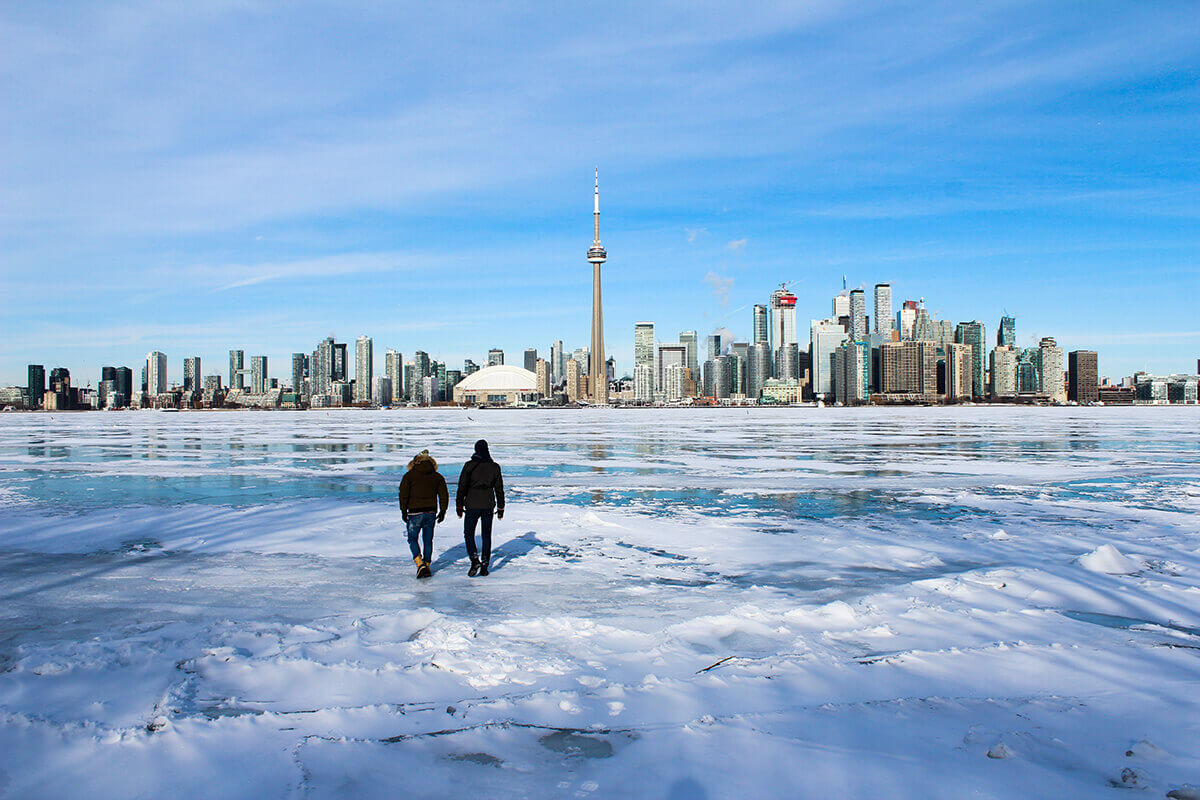

How to Prepare for Living in a Cold Climate
The key to staying warm in a cold climate is dressing in layers. Invest in high-quality insulated clothing or, if you already have them, make them a part of your relocation inventory. You may also want to consider purchasing a warm sleeping bag, blankets, and other gear to stay warm indoors.
If you plan to ship your car overseas, keep in mind that driving in colder weather can be challenging, especially if you’re not used to it. That is why you need to learn how to drive safely in snow and ice and make sure your vehicle is equipped with proper tires and other equipment to handle winter conditions. Your new home must also be properly insulated and heated to keep you warm and comfortable during the winter months.
Researching Your New Location
If you want to know how to acclimate to cold weather, note that researching the climate you’re moving to is an important step to take before hiring an overseas shipping company and relocating. It will help you understand what kind of weather to expect throughout the year and what kind of clothing and gear you will need to keep when relocating.
You can start by looking at the average temperatures and precipitation levels for each season, as well as any extreme weather events that may occur. It’s also important to research the local weather patterns and any weather-related hazards that you may encounter. For example, if you’re moving to a coastal region, you may need to be prepared for hurricanes or other severe weather events.
Gathering Essential Cold-Weather Supplies
When you plan this type of relocation, it’s important to gather the right supplies to keep you warm and comfortable. When it comes to clothing and footwear, here are some of the relocation essentials to think about when shipping overseas:
- Warm winter coat – look for a coat that is insulated, waterproof, and windproof,
- Winter boots – invest in a good pair of waterproof and insulated boots to keep your feet warm and dry,
- Hats, scarves, and gloves – don’t forget to pack warm hats, scarves, and gloves to keep your extremities warm,
- Warm socks – look for wool or synthetic materials that are designed for cold weather.
Additionally, you’ll also need items for maintaining a warm and comfortable home, such as warm bedding, including a comforter or duvet and flannel sheets. Consider adding an electric blanket or heating pad to your bed for extra warmth. In case of a power outage or other emergency, make sure to have emergency supplies such as extra blankets, a battery-powered radio, and a supply of non-perishable food and water.
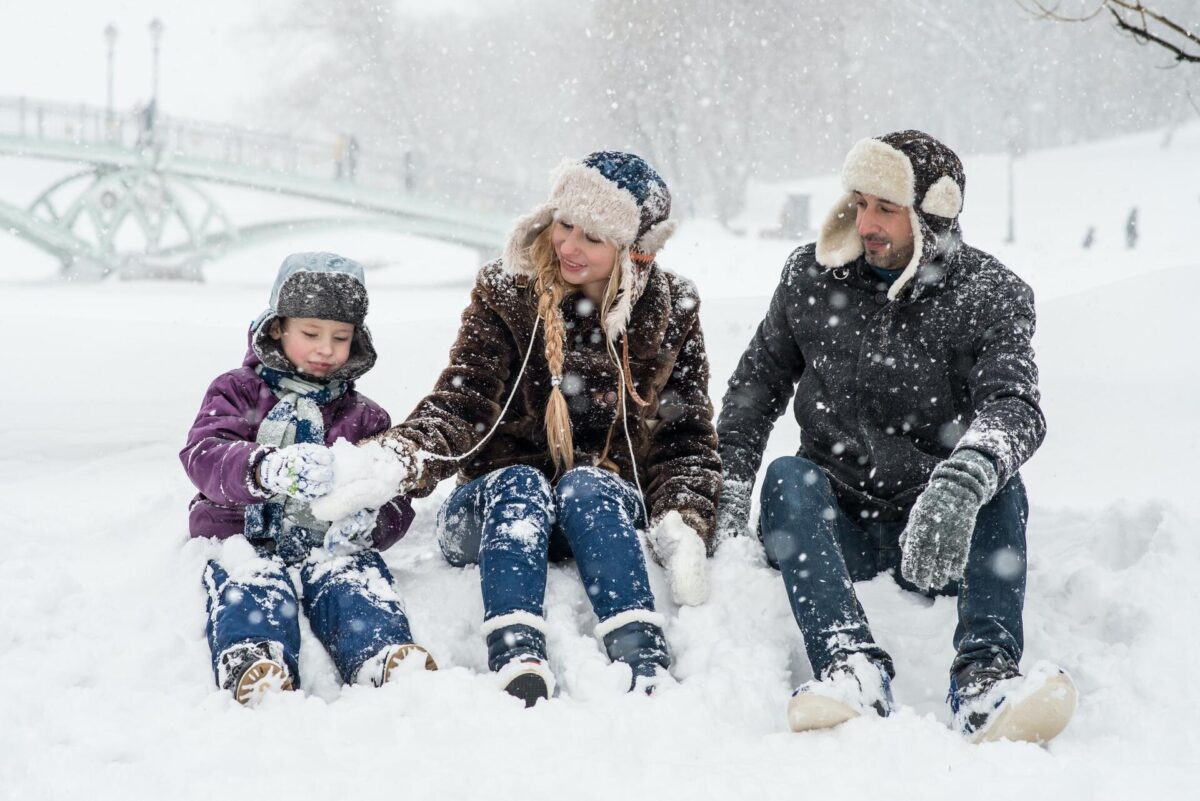

How to Pack Your Belongings for Moving Overseas to a Cold Place
If you wish to pack efficiently, you should consider packaging items that can withstand cold temperatures. Avoid packing items that can freeze or become damaged in the cold. At the same time, make sure to label boxes that contain temperature-sensitive items so that movers from an international moving company know to handle them with care. Whenever possible, keep your belongings out of direct sunlight during transport, as this can cause temperature fluctuations.
When packing fragile items and temperature-sensitive objects, it’s important to take extra precautions to protect them. Therefore, wrap fragile items in quality materials such as bubble wrap or packing paper and use extra padding. Consider getting professional packing services and letting international movers deal with all items that require extra care.
Choosing the right packing materials can make all the difference when packing for a move to a cold place overseas. Use sturdy boxes for all your belongings, and try to utilize insulated boxes or containers for temperature-sensitive items, such as electronics or medications. When packing furniture, get relocation blankets to protect it during transport.
The Best Time to Move to a Cold Place When Moving Abroad
One of the most important factors to consider when choosing the best time of the year to move is the seasonal weather conditions. As we mentioned, it’s important to research the climate and weather patterns of the region you’re relocating to, so you can make an informed decision when choosing a relocation date. For example, if you’re relocating to a region with heavy snowfall during the winter months, you may want to consider moving during the summer or fall when the weather is milder. This can help avoid potential complications and delays due to weather conditions.
However, if your relocation reasons demand you move in the winter, then it’s important to plan for potential delays or complications that may arise. Flights may be delayed or canceled due to snowstorms, which can impact your travel plans. Additionally, shipping containers may be delayed due to weather conditions, which can impact the timing of your move.
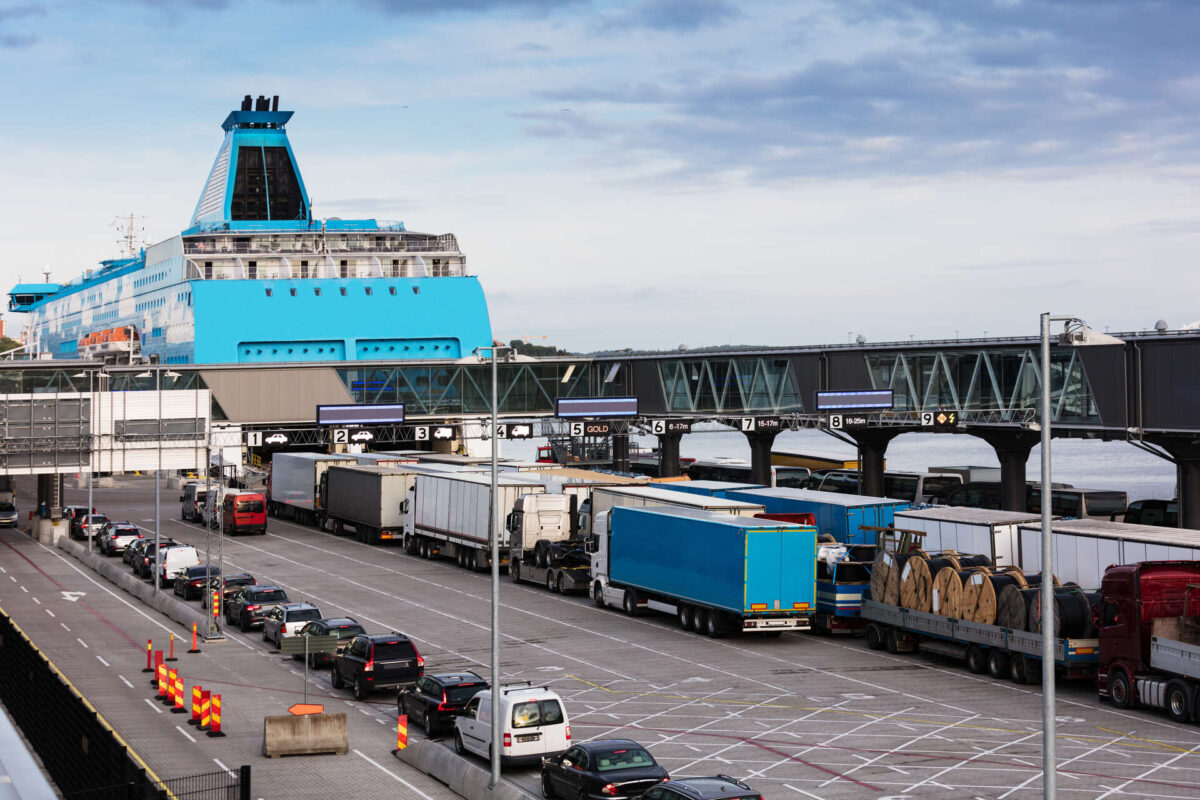

Settling Into Your New Cold Climate Home
Once you finally relocate to your new home abroad, proper insulation is essential to keep you warm and energy-efficient during the colder months. Here are some steps you can take to insulate your walls, windows, and doors:
- Add weatherstripping around doors and windows to prevent drafts,
- Install window insulation film to reduce heat loss through windows,
- Install insulation in the walls and attic to prevent heat loss and reduce energy bills,
- Seal any gaps or cracks in the walls or floors using caulk or expanding foam.
Additionally, it’s a good idea to have your heating system serviced by a professional to ensure that it is working efficiently. You should also check for any drafts or leaks around windows, doors, and vents and seal them using weatherstripping or caulking. Consider adding a programmable thermostat to your heating system to help regulate the temperature and reduce energy bills. For more valuable tips on how to winterize your home, take a look at the video below:
Adapt Your Daily Routine
In a cold climate, it can be tempting to stay indoors and hibernate during the winter months. However, if you want to know how to adjust to cold weather, note that it’s important to stay active to maintain your physical and mental health. Look for indoor activities, such as joining a gym, taking dance classes, or practicing yoga, to keep yourself active and healthy during the colder months.
Additionally, in some cold climates, the days can be very short during the winter months, which can impact your daily routine. Make sure to prepare for shorter days by adjusting your schedule and taking advantage of daylight hours when they are available. By adapting your daily routine to the colder climate, you can make the most of your new environment and stay healthy and happy during the whole year.
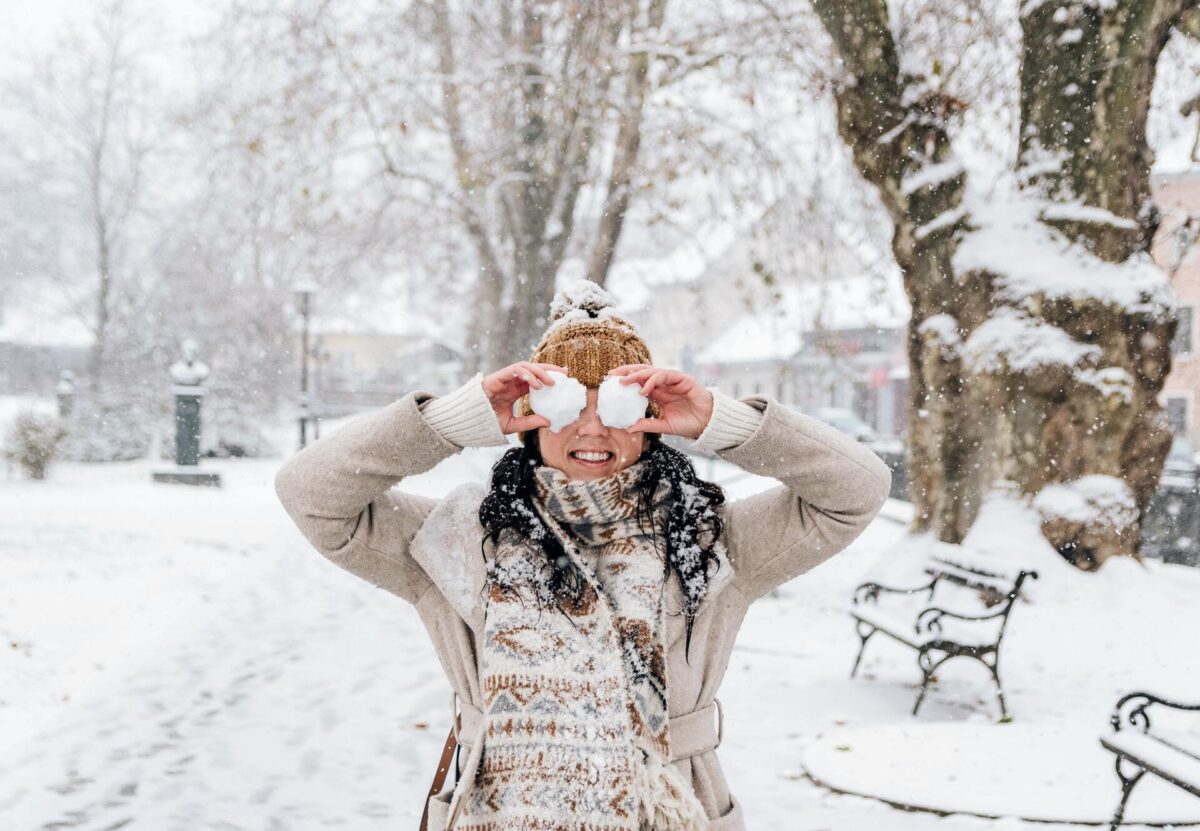

Let Sunset International Shipping Help You Embrace Your New Cold Climate Lifestyle
Relocating abroad, especially to a cold climate, can be a challenging experience, but with the help of a professional overseas moving company, such as Sunset International Shipping, you can make the transition much easier. By choosing a relocation company that can provide the services you need, you can move to your new home with confidence and start enjoying your new cold climate lifestyle right away. So, don’t hesitate to contact us when planning your move, and get ready to embrace the adventure!
FAQ
When packing for older weather overseas, it’s important to bring warm and insulating clothing. Layering is key, as it allows for flexibility in regulating body temperature. Consider bringing thermal underwear, a heavy coat, insulated boots, gloves, a hat, and a scarf. Also, don’t forget to pack a waterproof jacket and pants to protect against rain or snow.
When relocating to a new country, the average winter temperatures will vary depending on the location. It’s important to research the specific area you’ll be living in to get an idea of what to expect. Some countries experience extremely cold temperatures, while others may have more mild winters.
If you’re planning to live in an area with heavy snowfall, it may be beneficial to purchase a car with a four-wheel drive. This can provide better traction and control on slippery roads. However, it’s important to note that four-wheel drive does not necessarily make a car invincible to winter weather conditions.
The type of heating system used in a country will depend on the location and availability of resources. Common heating systems include forced-air heating, hot water radiators, and electric baseboard heating.
After moving abroad, heating costs during the winter will depend on several factors, including the size of the home, the type of heating system used, and the local cost of fuel or electricity. It’s important to factor in the estimated cost of heating when creating a budget for living expenses.
If you’ll be living in an area with icy roads during the winter months, it’s important to learn how to drive safely in these conditions. This may include reducing speed, leaving extra space between cars, and avoiding sudden movements while driving.
Preparing your home for colder weather may include measures such as adding insulation, sealing drafts, and ensuring that heating systems are in working order. It’s also important to stock up on emergency supplies such as food, water, and blankets.
To protect yourself from frostbite and hypothermia, it’s important to dress appropriately and avoid prolonged exposure to extreme temperatures. This may include wearing warm and insulating clothing, staying dry, and seeking shelter if necessary.
After moving overseas, common winter activities will depend on where you decide to live. Some popular winter activities include skiing, snowboarding, ice skating, and snowshoeing. It’s important to research the specific area you’ll be living in to get an idea of what winter activities are available.
To adjust to the shorter daylight hours during the winter months, you can try to maximize your exposure to natural light during the day by spending time outside or sitting near windows. It’s also important to maintain a consistent sleep schedule and avoid oversleeping, as this can disrupt your circadian rhythm.










